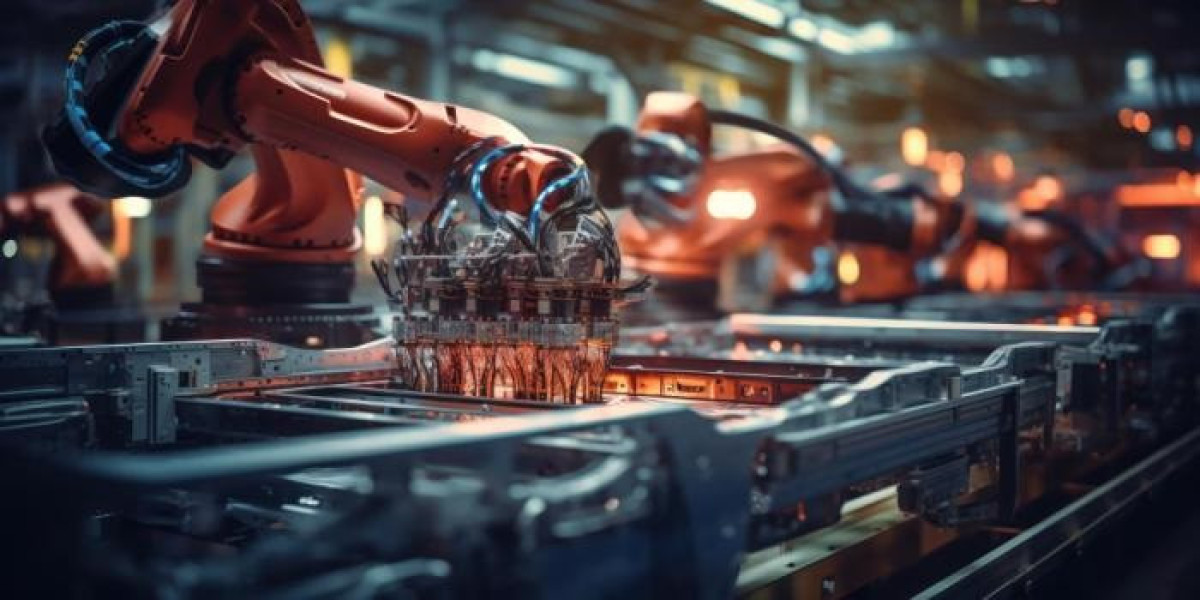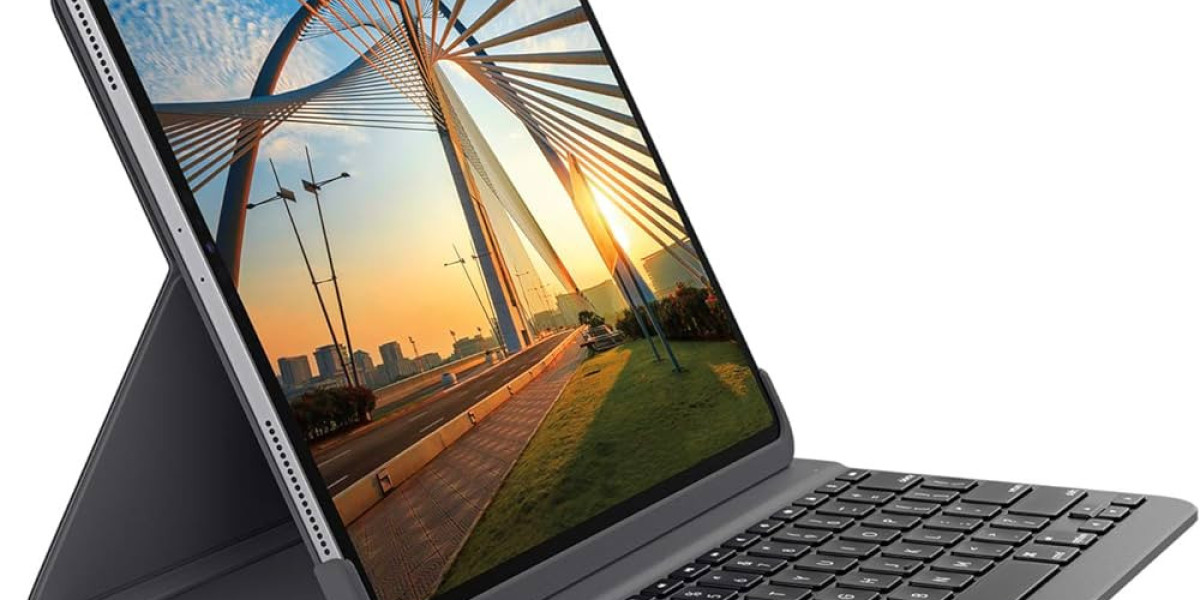Introduction: The manufacturing industry is undergoing a paradigm shift, driven by advancements in technology. Traditional manufacturing methods are giving way to digital transformation, with IT services playing a crucial role in this transition. Augmented Reality, a technology that overlays digital information onto the physical world, is increasingly being adopted by manufacturers to streamline operations, improve efficiency, and enhance collaboration. This article examines how augmented reality is reshaping manufacturing processes and how IT services are facilitating its integration.
1. The Evolution of Manufacturing IT Services: Manufacturing IT services have evolved significantly over the years, moving from basic automation to sophisticated digital solutions. The adoption of technologies such as Enterprise Resource Planning (ERP), Product Lifecycle Management (PLM), and Manufacturing Execution Systems (MES) has revolutionized the way manufacturing enterprises operate. These IT services have enabled seamless coordination between different departments, optimized production workflows, and facilitated data-driven decision-making.
2. The Rise of Augmented Reality in Manufacturing: Augmented Reality has emerged as a disruptive force in the manufacturing sector, offering innovative solutions to age-old challenges. By overlaying digital information onto physical objects, AR enhances the way workers interact with machines, products, and processes. In manufacturing, AR applications range from assembly guidance and maintenance support to remote assistance and training simulations. The ability to visualize complex data in real-time improves accuracy, reduces errors, and accelerates task completion.
3. Enhancing Operational Efficiency with AR: One of the key benefits of augmented reality in manufacturing is its ability to enhance operational efficiency. By providing workers with real-time information and guidance, AR minimizes downtime, reduces errors, and improves overall productivity. For example, AR-powered assembly instructions can guide workers step-by-step through complex assembly processes, ensuring accuracy and consistency. Similarly, AR-based maintenance support can help technicians diagnose issues more quickly and perform repairs efficiently, thereby reducing machine downtime.
4. Transforming Training and Skill Development: Training and skill development are critical aspects of manufacturing operations, yet traditional training methods often fall short in providing immersive and engaging learning experiences. Augmented Reality is revolutionizing training programs by offering interactive simulations and hands-on experiences. By overlaying digital instructions and virtual objects onto real-world environments, AR enables trainees to learn complex procedures in a safe and controlled setting. This not only accelerates the learning process but also improves retention and mastery of skills.
5. Bridging the Gap between Design and Production: In traditional manufacturing workflows, there is often a disconnect between design and production teams, leading to inefficiencies and errors during the manufacturing process. Augmented Reality bridges this gap by enabling seamless communication and collaboration between designers, engineers, and production workers. AR-powered design reviews allow stakeholders to visualize proposed changes in real-time and provide immediate feedback, reducing the need for costly prototypes and iterations. This integration of design and production processes streamlines operations and enhances product quality.
6. Overcoming Implementation Challenges: While the potential benefits of augmented reality in manufacturing are immense, its widespread adoption faces several challenges. Integration with existing IT infrastructure, data security concerns, and the high cost of implementation are some of the key hurdles that manufacturers must overcome. However, with the support of experienced IT service providers, these challenges can be addressed effectively. By leveraging their expertise in system integration, cybersecurity, and software development, IT service providers play a crucial role in facilitating the seamless implementation of AR solutions in manufacturing environments.
7. The Future of Manufacturing: As technology continues to evolve, the future of manufacturing will be shaped by innovative solutions that blend the physical and digital worlds. Augmented Reality, along with other emerging technologies such as Artificial Intelligence and Internet of Things, will play a central role in driving this transformation. By harnessing the power of IT services, manufacturers can unlock new opportunities for efficiency, innovation, and growth.
Conclusion: Augmented Reality is revolutionizing the manufacturing industry, offering transformative solutions to age-old challenges. By bridging the gap between traditional manufacturing practices and innovative IT services, AR is enhancing operational efficiency, improving collaboration, and driving digital transformation. As manufacturers embrace this technology and partner with IT service providers, they can unlock new opportunities for innovation and gain a competitive edge in the rapidly evolving global market.



